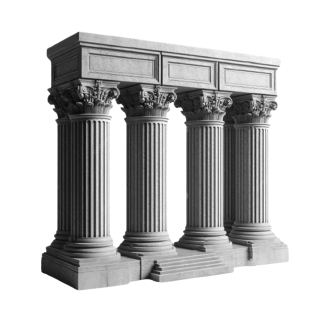
Overview
Enriched by the silver ore that veined the surrounding hills, the medieval city of Kutná Hora became the seat of Wenceslas II’s royal mint in 1308, producing silver groschen that were then the hard currency of Central Europe. Boom-time Kutná Hora rivalled Prague in importance, but by the 16th century the mines began to run dry, and its demise was hastened by the Thirty Years’ War and a devastating fire in 1770. The town became a Unesco World Heritage Site in 1996, luring visitors with a smorgasbord of historic sights. It looks its flower-bedecked best in May and June but is worth a full day’s visit at any time of year.
Plan your trip with Guide, an AI travel planner!
Create a personalized trip itinerary in seconds using artificial intelligence.
Must-see attractions
in partnership with getyourguide







